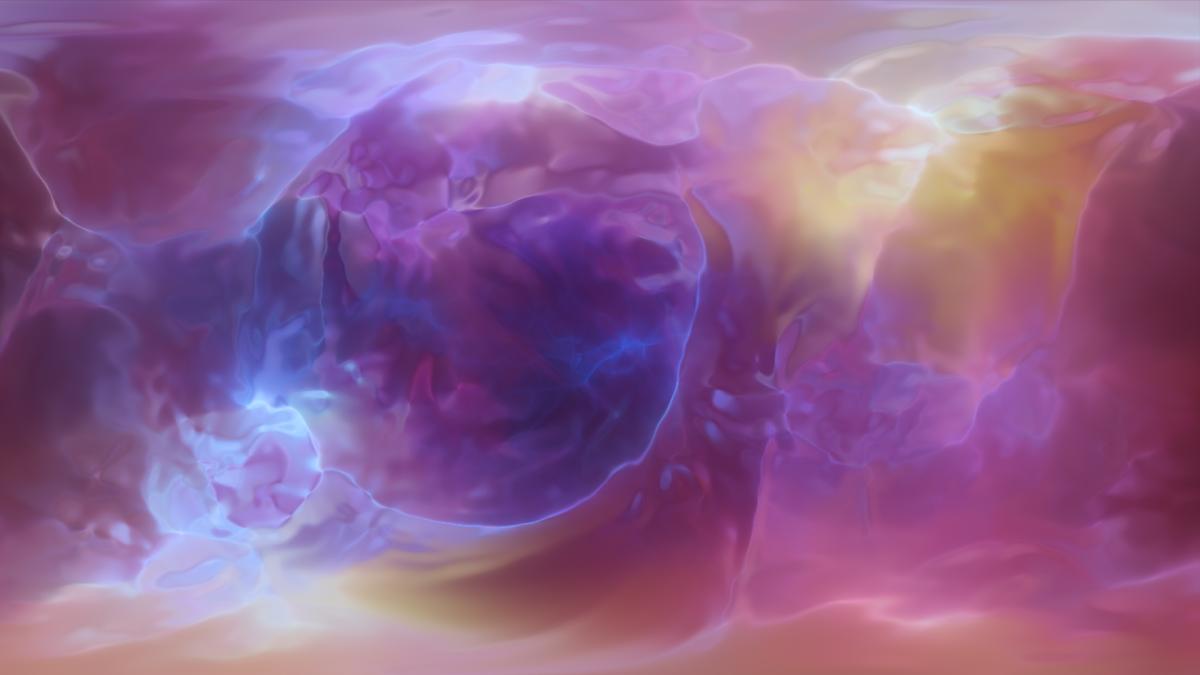
For nonduality and science to dialogue, we need to understand where each is coming from, and how they connect, overlap, and diverge. In this video, A. H. Almaas proposes that adopting either perspective exclusively diminishes our ability to be open, awakened, and free, and that realizing that they are just two ways reality is experienced can allow for a richer understanding of both. Scroll down to view the video and summary of highlights.
Summary
For millennia, nondual traditions have proclaimed that consciousness isn’t just part of reality—it is reality. Everything we perceive, including ourselves and the vast universe, is considered a manifestation of this singular, all-encompassing consciousness.
From this perspective, nonduality challenges our deeply ingrained belief in separate, individual entities, proposing instead that consciousness is a vast, mysterious, and universal field. This field is both aware and the source of all individual experiences. The ultimate realization in many such traditions suggests that our dualistic understanding of a universe filled with separate objects is, in the grand scheme, a profound misunderstanding. Experience is seen as a constantly changing, unfolding display within this boundless awareness, sometimes described as a "unilocal realization" where every point in space and time contains all others, highlighting an ultimate interconnectedness.
Science, on the other hand, generally posits that consciousness emerges at some point from the physical world, a complex product of brains or perhaps other intricate systems. It’s this emergent consciousness that makes experience, and indeed the scientific endeavor itself, possible. While science has proposed various theories of consciousness – from neurological correlates to quantum mechanical interpretations – there is currently no consensus on its precise origin or nature. Scientists typically agree that our perception of the world is an interpretation, a kind of constructed reality filtered by our brains, but they don't concede that the external world itself is an illusion or entertain the possibility that their demonstrably successful theories are part of that illusion.
Is common ground possible? What if we consider the very nature of consciousness as a possible bridge? The invitation from nondual perspectives to recognize everything as consciousness could lead to a profound sense of freedom, regardless of scientific specifics. Intriguingly, some scientific explorations into the deep structure of space-time and quantum gravity are beginning to touch upon concepts that resonate with mystical descriptions of reality.
For nondualists, the idea is to recognize you are consciousness and everything is consciousness. This experience of nonduality has been that way for thousands of years, regardless of what the scientific point of view has been. It really doesn’t matter whether the scientific theory came from Euclid, Democritus, Newton, Einstein or Planck. That is because science keeps changing. Its very nature is curious and investigative. It cannot settle for too long in any certainty because it is constantly investigating, delving into anomalies or irregularities in each theory. These further investigations might lead to contradictions of that certainty.
This spirit of constant inquiry, however, is one of those overlaps between science and the nondual perspective. Inquiry implies openness. You are not truly open, awakened, or free if you take one side or another.
Taking the nondual approach exclusively also doesn’t work because physical reality is still there no matter how much we regard it as a delusion. Even the purest nondualists have to deal with physical matter, with illness. The highest Tibetan lamas use airplanes to get to surgeries they need for their illnesses.
Why must we think one is right and one is wrong? Why can’t both be right, that human beings live in both worlds all the time? These are just two ways out of many of experiencing reality. Sometimes we experience it as nonduality, sometimes as duality. But we cannot reduce the spiritual into science any more than we can collapse science into the spiritual.
The goal is to find an interface. By allowing mystical insights and scientific findings to inform each other, we might cultivate a more comprehensive, holistic perspective on consciousness and our place in the cosmos, enriching both paths of inquiry.

